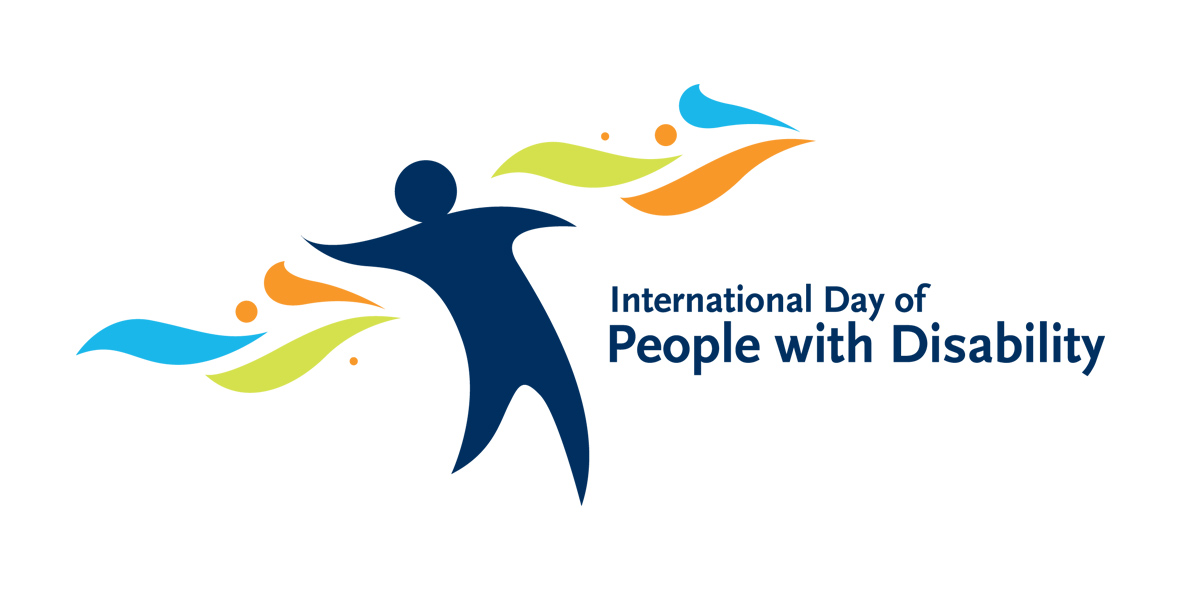In 1992, the conclusion of the United Nations decade of the disabled person (1982-1992) the General Assembly declared December 3 the International Day of Person’s with Disabilities.
Approximately 15% of the world’s population, over one billion people, live with some kind of a disability. That number is even bigger when people with mental illness, invisible disabilities and those who self identify are included. Disability can be many things to many people. The World Health Organization defines a disability as:
“Disabilities is an umbrella term, covering impairments, activity limitations, and participation restrictions. An impairment is a problem in body function or structure; an activity limitation is a difficulty encountered by an individual in executing a task or action; while a participation restriction is a problem experienced by an individual in involvement in life situations.”
Disabilities can be physical or social, developmental or temporary. Disability is an identity that folks can claim for themselves. Unfortunately, people all over the world face social, institutional, physical and economic barriers that exclude them from accessing resources. Just as sexism and racism persist, so does ableism. Ableism operates outside of the idea that any able bodied person can become disabled at any time, through accidents, life changes or age. It assumes that stereotypes of people with disabilities as unattractive, unnatural, lesser or wrong are true. Many disability activists use a social model of disability which understands that the problem in society is not impairments that folks might have but systemic barriers that make resources inaccessible.
Activists use this day to raise awareness about accessibility, show their disability pride, protest barriers and campaign for spaces that everyone can use, regardless of impairment.



